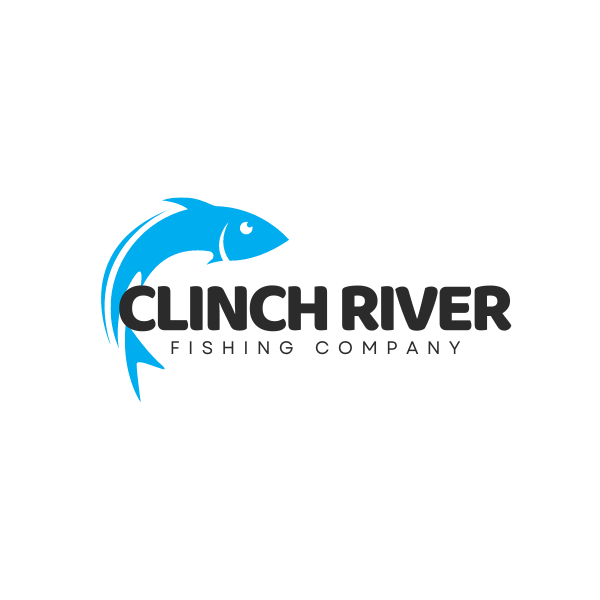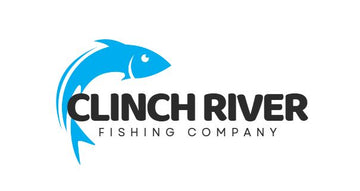Updated on: 2025-10-07
Table of Contents for Bass Fishing
- Step-by-Step Guide to Bass Fishing and Bass Angling
- Tips for Bass Fishing Success
- FAQs About Bass Fishing
Bass fishing can feel approachable and enjoyable when you have a simple plan. In this guide, you will learn a clear process for fishing for bass, including how to pick essential bass lures, how to work structure, and how to time your outings for steady bites. Whether you are brand new or returning after a break, these best bass fishing tips for beginners are designed to be easy to follow. If you are looking for helpful regional insights and trip ideas, you may find the resources on Clinch River Fishing USA useful as well.
Step-by-Step Guide to Bass Fishing and Bass Angling
-
Know your waters and species. Before you head out, take a moment to learn about your local bass species and access points. Largemouth bass prefer cover like weeds, logs, docks, and brush. Smallmouth often hold around rock, current, and points. Check local regulations, permitted access, and any special rules. A bit of planning helps you arrive confident and respectful of the resource.
-
Choose a simple, reliable setup. A medium or medium-heavy spinning or baitcasting outfit covers most bass fishing needs. For beginners, a 6’6” to 7’ medium spinning rod with a 2500–3000 size reel is easy to learn. Spool with 10–15 lb braided line and add a 10–12 lb fluorocarbon leader for clear water. This balanced setup handles many bass lures and keeps knots and tangles manageable.
-
Select a small core of lures you trust. A straightforward kit helps you focus on technique. Consider these staples: soft plastic worms and stickbaits (finesse and weightless), jigs with trailers (bottom contact), spinnerbaits and chatterbaits (search lures), crankbaits (cover mid-depths), and topwaters (low light or calm). If you are preparing for cooler mornings and warming afternoons, the best bass fishing lures for spring often include lipless crankbaits, spinnerbaits, and suspending jerkbaits that trigger reaction strikes during temperature swings. For deeper gear comparisons and seasonal ideas, the bass blog may be helpful.
-
Read cover and structure. Bass use cover (weeds, wood, docks) for shade and ambush. They use structure (points, humps, drop-offs) as travel routes. Start by casting to the edges where cover meets open water, then work your way in. When in doubt, fish high-percentage spots like shade lines, laydowns, weed edges, and the first drop from shallow to deeper water.
-
Time your outing for comfortable conditions. Early and late in the day tend to be more active periods as light and temperature shift. A light breeze can help scatter light and push bait, making bass more willing to feed. Stable weather usually supports consistent fishing, whereas sudden fronts can slow activity. If you have only a short window, plan around low light near dawn or dusk.
-
Match your presentation to mood and depth. Start with a search bait to cover water, such as a spinnerbait, chatterbait, or squarebill crankbait. If you get follows but no bites, switch to a slower presentation like a Texas-rigged worm, shaky head, or jig to work the same area more carefully. Count down lipless cranks, let jigs touch bottom, and vary retrieve speed to locate the productive depth.
-
Use quiet approaches and thoughtful angles. When fishing for bass from shore, walk softly and cast parallel to edges before stepping closer. In a boat or kayak, keep noise low, avoid banging the hull, and make your first cast from a little distance. Casting at a 45-degree angle to targets helps you cover more of the edge and keeps your lure in the strike zone longer.
-
Set the hook with intent but care. With single-hook baits (worms, jigs), reel down until you feel steady pressure and pull firmly. With treble-hook baits (cranks, topwaters), a smoother sweep maintains tension and avoids pulling hooks. Keep the rod loaded during the fight and guide the fish away from heavy cover. Nets and barbless options can make releases gentler.
-
Adjust to clarity and forage. In clear water, natural colors and smaller profiles can help. In stained water, brighter colors or vibration-heavy lures often stand out. Notice local forage—shad, bluegill, crayfish—and choose colors and sizes that resemble them. If you see bait on electronics or visually, match your retrieve speed to how fast the bait is moving.
-
Record what works and keep learning. Note conditions like water temperature, clarity, wind, sky, and where you got bites. Patterns build with time. Small observations—such as a certain retrieve speed near dock posts—can produce more fish later. If you enjoy guided learning, an about page from a local outfitter can explain regional patterns and services that suit your style.
Tips for Bass Fishing Success
- Start simple. A few proven lures and one dependable rod-and-reel setup are enough to learn the basics of bass angling.
- Use the wind as a friend. A light chop can camouflage your presence and push bait toward shorelines and points.
- Fish shade and transitions. Shade lines, weed edges, and depth breaks concentrate largemouth bass throughout the day.
- Vary your cadences. Short pauses, speed bursts, and stop-and-go retrieves often trigger followers to bite.
- Carry confidence colors. Green pumpkin for soft plastics, white/chartreuse for spinnerbaits, and shad or craw patterns for cranks cover most scenarios.
- Keep hooks sharp. Touch up points after contact with rock, wood, or several fish; sharper hooks improve landing rates.
- Mind your knots. A Palomar knot for braid and fluorocarbon, and a loop knot for topwater walking baits, are reliable and quick.
- Go quiet in shallow water. Stay back, cast long, and approach from downwind to reduce noise and shadows.
- Use a leader in clear water. A short fluorocarbon leader offers abrasion resistance and a subtler presentation.
- Journal your outings. Quick notes on conditions and successful patterns create your personal best bass fishing tips for beginners over time.
If you would like friendly guidance or to plan a skills-focused day on the water, the contact page can be a considerate next step.
FAQs About Bass Fishing
What is the best time of day for bass fishing?
Early morning and late afternoon often provide comfortable light levels and natural feeding windows for bass. During these periods, topwater and shallow presentations can shine, especially near cover and along shorelines. Midday can still be productive if you target shade, docks, deeper edges, or offshore structure with slower lures.
What are the best lures to use for bass fishing?
A balanced selection includes soft plastic worms and stickbaits, jigs with trailers, spinnerbaits or chatterbaits, crankbaits, and one or two topwaters. If you are planning for transitional conditions, the best bass fishing lures for spring often include lipless crankbaits, spinnerbaits, and jerkbaits because they cover water and trigger reactions in changing temperatures.
How do I choose rod power and line for largemouth bass?
A medium or medium-heavy rod handles most techniques. Pair it with 10–15 lb braid plus a 10–12 lb fluorocarbon leader for versatility. If you flip heavy cover for largemouth bass, consider a medium-heavy to heavy rod and stronger line to move fish out of weeds or wood quickly and safely.
How do weather and water clarity affect bass angling?
Stable weather typically supports active feeding. Overcast skies and a light breeze can help you fish shallower with moving baits. In clear water and bright skies, downsize and fish more slowly or target shade. In stained water, choose louder vibration and brighter colors so bass can locate your lure more easily.

Owner and CEO of Clinch River FIshing USA. A marine electroncs, fishing and outdoor store.

